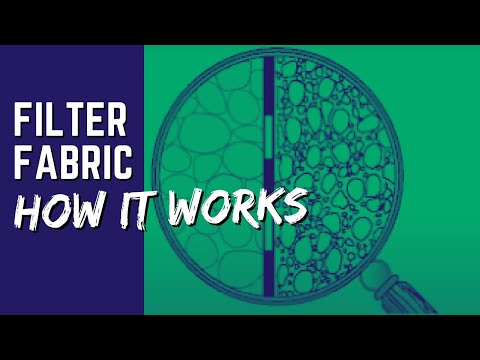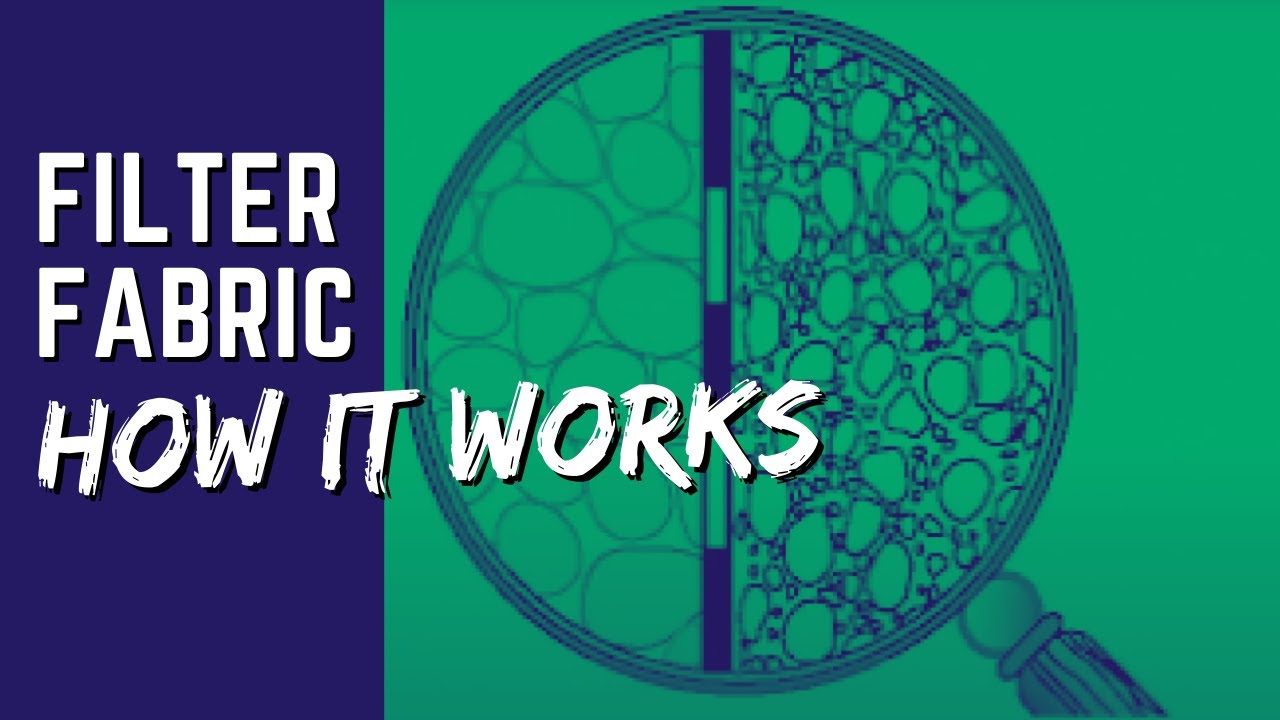Non-woven geotextile fabric is a revolutionary material that has gained immense popularity in various industries. This fabric is specially designed to provide superior strength, durability, and stability in a wide range of applications. Whether it’s for civil engineering projects, road construction, drainage systems, or erosion control, this fabric proves to be an indispensable asset. Its unique composition allows for effective filtration, separation, and reinforcement, making it an ideal choice for ensuring the longevity and efficiency of any project. The non-woven geotextile fabric is engineered to resist punctures, tears, and UV degradation, guaranteeing long-lasting performance even in the harshest conditions. Not only does this fabric offer exceptional strength, but it is also lightweight and easy to handle, reducing installation time and costs. Its versatility and adaptability make it a preferred choice among engineers, contractors, and landscapers alike. Whether you’re looking to stabilize soil, prevent erosion, or enhance drainage, the non-woven geotextile fabric provides a reliable solution that delivers outstanding results. Trust this innovative fabric to provide the durability and efficiency your project deserves.

What is Non-Woven Geotextile Fabric?
Non-woven geotextile fabric is a type of synthetic material made from fibers that are mechanically or chemically bonded together. It is commonly used in various construction and civil engineering applications due to its unique properties and benefits. Unlike traditional woven fabrics, non-woven geotextiles are made by layering fibers together and then bonding them using heat, pressure, or adhesives. This creates a fabric that is strong, durable, and resistant to tearing and punctures.
Applications of Non-Woven Geotextile Fabric
Non-woven geotextile fabric is widely used in a range of applications where separation, filtration, and drainage are required. One of the primary uses of this fabric is in road construction. It is often placed between the subgrade and the base course to prevent the mixing of different soil layers and improve the overall stability of the road. The fabric acts as a barrier, preventing the finer particles from migrating into the coarser layers, ensuring long-term performance and durability of the road.
Another common application of non-woven geotextile fabric is in erosion control. By placing the fabric on slopes or embankments, it helps to stabilize the soil and prevent erosion caused by wind or water. The fabric allows water to pass through while retaining soil particles, effectively reducing soil erosion and promoting vegetation growth. This makes it an ideal solution for protecting slopes, shorelines, and other areas prone to erosion.
In addition to road construction and erosion control, non-woven geotextile fabric is also used in various other applications such as landfill liners, railway track stabilization, drainage systems, and retaining walls. Its versatility and wide range of benefits make it a popular choice in the construction industry.
Advantages of Non-Woven Geotextile Fabric
Non-woven geotextile fabric offers several advantages over traditional woven fabrics, making it a preferred choice for many construction projects. Firstly, its non-woven structure allows for excellent filtration properties. The fabric can retain particles while allowing water to pass through, preventing clogging and maintaining efficient drainage systems.
Secondly, non-woven geotextile fabric provides excellent separation capabilities. It acts as a barrier between different soil layers, preventing them from intermixing. This helps to maintain the integrity and stability of the construction, ensuring long-term performance and minimizing maintenance requirements.
Furthermore, non-woven geotextile fabric is highly durable and resistant to degradation. It can withstand harsh environmental conditions, including exposure to ultraviolet (UV) rays, chemicals, and biological factors. This longevity ensures that the fabric can provide reliable performance and protection for extended periods, reducing the need for frequent replacements or repairs.
Selection and Installation
When selecting non-woven geotextile fabric for a specific application, it is essential to consider factors such as the required strength, filtration requirements, and environmental conditions. Different fabric weights and thicknesses are available to accommodate various project needs. It is important to consult with experts or manufacturers to determine the most suitable fabric for the intended purpose.
Installation of non-woven geotextile fabric is typically straightforward. The fabric is rolled out over the prepared surface, ensuring proper overlap and alignment. It is then secured in place using staples, pins, or other appropriate fasteners. Care should be taken to avoid damage to the fabric during installation, as any punctures or tears can compromise its effectiveness.
Conclusion
Non-woven geotextile fabric is a versatile and valuable material in the construction industry. Its unique properties, including excellent filtration, separation, and durability, make it an essential component in various applications such as road construction, erosion control, and landfill liners. By selecting the right fabric and following proper installation practices, construction professionals can ensure the long-term performance and success of their projects.
Unraveling the Intricate Mechanics of Non-Woven Geotextile Filter Fabric
Video Source : FRENCH DRAIN MAN
List of Non-Woven Geotextile Fabric
Non-woven Geotextile Fabric
| Property | Description |
|---|---|
| Material | Non-woven geotextile fabric is primarily composed of synthetic fibers, such as polyester or polypropylene. These fibers are arranged randomly and then mechanically bonded or thermally fused together, resulting in a strong and durable fabric. |
| Applications | This versatile fabric finds extensive use in various geotechnical and civil engineering applications. It is commonly employed as a separation layer between different soil layers, preventing the mixing of materials and enhancing overall stability. Non-woven geotextiles also serve as effective filters, allowing water to pass through while retaining soil particles. Additionally, they are utilized in drainage systems, erosion control projects, road construction, and land reclamation. |
| Strength and Permeability | Non-woven geotextile fabric exhibits exceptional strength and durability, enabling it to withstand heavy loads and dynamic forces. Its high tensile strength and tear resistance make it ideal for applications requiring long-term stability. Moreover, this fabric possesses excellent permeability, allowing for the efficient filtration and drainage of water. The permeability is carefully designed to strike a balance between water flow and soil retention, ensuring optimal performance in various scenarios. |
| Environmental Benefits | Non-woven geotextiles are eco-friendly and contribute to sustainable development. They can be produced from recycled materials, reducing waste and conserving resources. Their implementation in erosion control and land reclamation projects helps prevent soil degradation and protects natural ecosystems. Furthermore, the fabric’s permeability aids in groundwater recharge and maintains soil moisture levels, promoting healthy vegetation and biodiversity. |
| Installation and Maintenance | Installing non-woven geotextile fabric is a straightforward process. It is typically placed directly on the prepared subgrade or soil surface, ensuring proper overlap and secure anchoring. The fabric’s low weight and flexibility make it easy to handle and position. Maintenance requirements are minimal, as the fabric is highly resistant to biological degradation, ultraviolet (UV) radiation, and common chemicals found in soil. Regular inspection is recommended to identify any damage or potential issues for timely repairs. |
As an expert in geotechnical engineering, I can confidently state that non-woven geotextile fabric is an invaluable material in numerous construction and civil engineering projects. Its unique properties and versatile applications make it an essential component for enhancing the durability, stability, and sustainability of various infrastructures.

